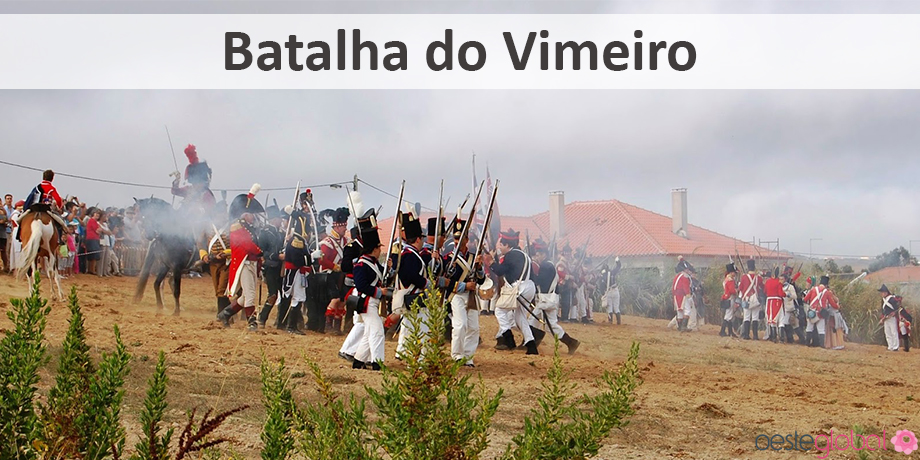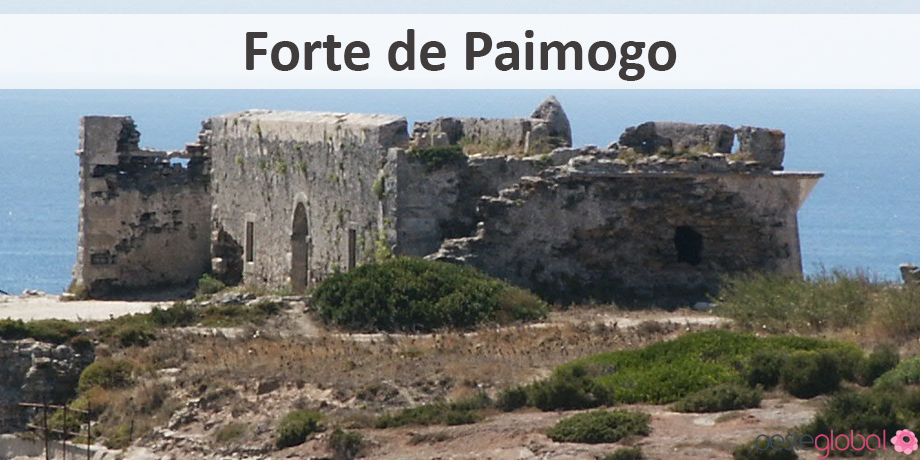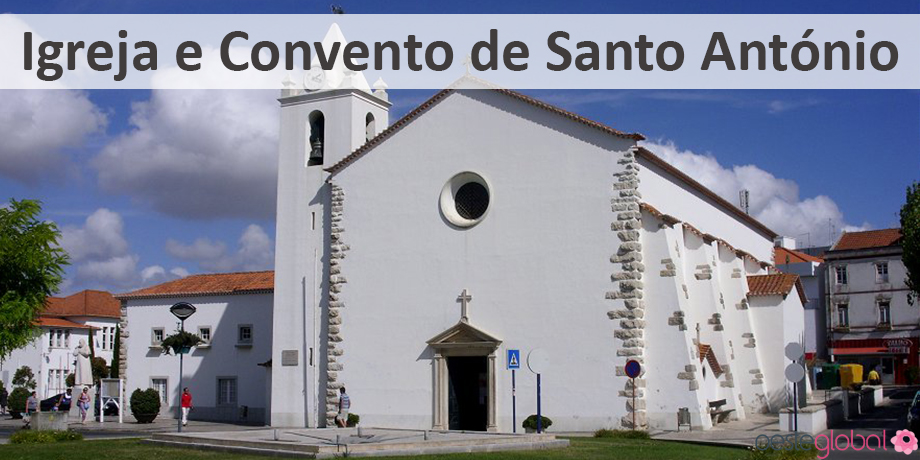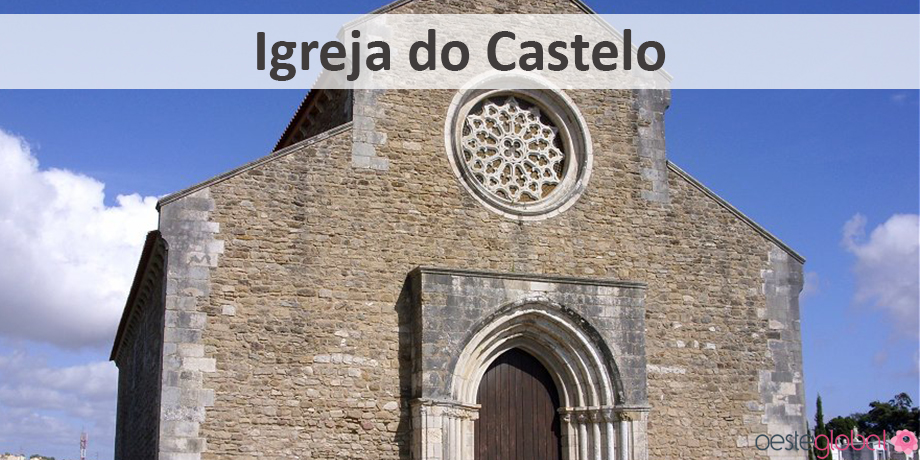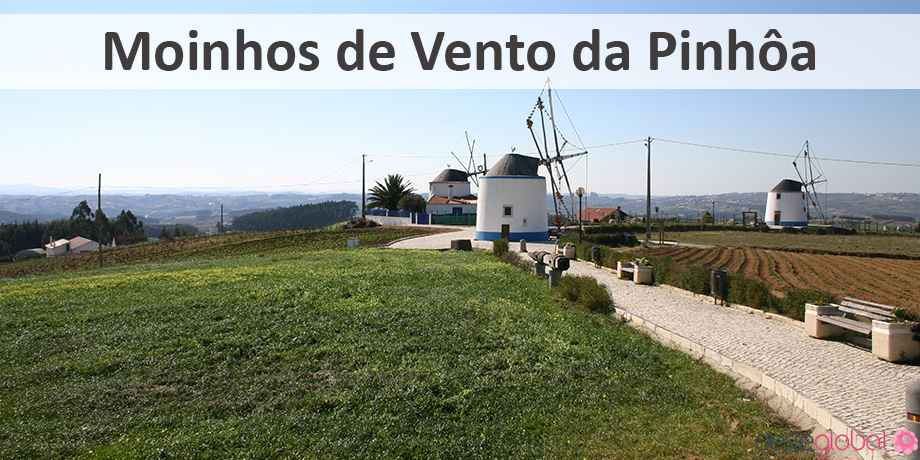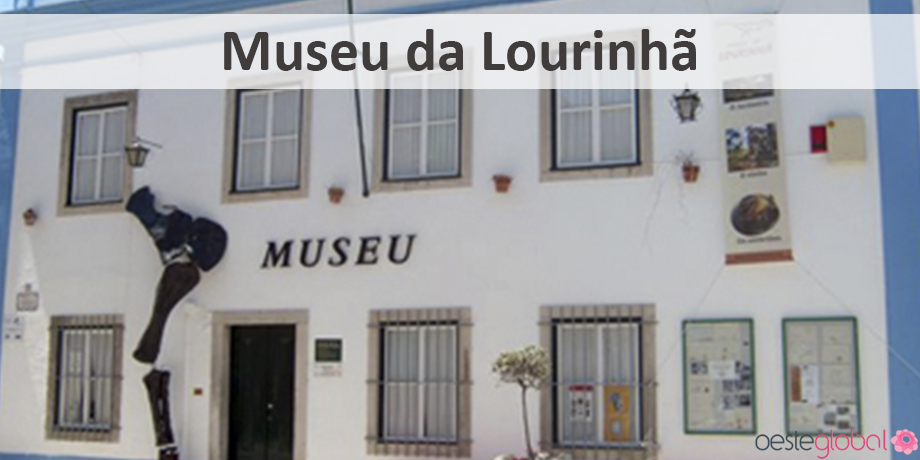Heritage in Lourinhã
The Lourinhã county offers the biggest Iberian collection of dinosaur fossils from the Late Jurassic, and is considered as one of the most important internationally. Recognized as capital of dinosaurs in Portugal, the county has more tourist offers, from its beaches capital to build the identity of the county:
Castle Church – Mother Church Lourinhã, is dedicated to Santa Maria. Gothic time of the second half of the fourteenth century, built in two phases: the first attributed to D. Jordan (1st donee Lourinhã) and the second to D. Lourenço Vicente, Archbishop of Braga, natural and donee of Lourinhã. Classified as a National Monument. Its central nave is separated on either side, eight pointed arches supported by monolithic columns topped with capitals of vegetal motifs. The font contains in its faces two crosses in a circle and a five-pointed star. Above the main door is a rosette and an oculus in the wall that opens the triumphal arch.
Church and Convent of Saint Antony – founded in 1598, this national monument was made initially by a church and small houses of recollection. The November 17, 1601, began the works of expansion and restoration, which were extended because of the greatness and inluding the volume and monetary difficulties. The outer level, the facade of the church stands the porch with a pediment bearing the Cross of Christ. To the left of the facade, is the bell tower, which was formerly the only watch from the town of Lourinhã. The altar and the side walls of this, are covered with tiles, the walls have right Preaching to the Fishes and the left side of the Miracle of Mula.
Paimogo Fort – also known as Our Lady of the Angels Paimogo, was classified as a Public Interest Building on 18 July 1957. It is the cliffs of Paimogo Beach and was built by order of D. António Luís de Menezes, in 1674. This strong was designed to defend its beach, to prevent a possible landing of enemy troops, since that location was easily accessible. It is a small fort bastions, with a baroque military architecture, having a quadrangular, with cylindrical watchtowers conical cover. The fort was part of the second fortified defensive line, which extended from the Fort of Peniche Village Square to the Tejo Bar.
Church of Our Lady of Conception – located in Moita dos Ferreiros, it was founded in the first half of the seventeenth century, specifically in 1689, according to the engraving on the tomb and grave, existing next to the High Altar of the Mother Church. This contains the following inscription: “Jazigo and Simon’s grave Reguo and his wife Maria Mendes and his heirs given by the Archbishop of Lisbon and mor Chaplain of the King and his council of state. Year 1689. Veritas. “. Over donates years, this church has changed in its original form, being completed in the twentieth century with the laying of the Bell Tower. The construction is due to Simon Reguo, came from a family town of Obidos, with great power.
Chapel of Our Lady of Mercy – It is in Moita dos Ferreiros and according to tradition, on the site of this chapel, Our Lady appeared in 1182, near the source, known as “rastinho”, as believers threw water to this source, which is engraved tombstone the soles Our Lady and that water washed the eyes. A devotion that continues today. Annually, September 7, many believers and people organize candles to venerate Our Lady and participate in the Annual Fair on 8 September.
Holy House of Mercy Lourinhã – founded by Philip II license, the July 23, 1586 and the best interests of the Holy House of Mercy is its estate museum, which highlights the sixteenth century painting collection, where you can admire the two paintings of the Lourinhã Master: St. John the Theologian in Patmos Island and St. John the Baptist in Meditation. These are considered the best time of painting in our country. You can also observe the works of Lawrence of Salzedo, Spanish Mannerist painter. His works are composed of four boards with a great value, especially that of St. John in Patmos, written by the Lourinhã Master. You can still admire three paintings of Francisco Campos painter, beyond the andeira of Mercy screen by Diogo Teixeira.
Pinhôa Wind Mill – the Lourinhã county is one of the most representative, under the windmills, even if they have ceased economic activity, are the monuments that express a centuries-old tradition. At the top of Pinhôa in Moita parish of Blacksmiths, we highlight five windmills recovered, in which three of them have their traditional activity, another was turned into a bar and is another holiday home. You can talk to the miller and his wife opening the central mill door willingly and puts it to work in explaining the details of the run of the mill.
Commemorative Monument of the Battle of Vimeiro – on August 21, 1808, was fought the Battle of Vimeiro, during the first French invasion, in the Peninsular War. In this battle the Anglo-Portuguese army, commanded by Lieutenant-General Sir Arthur Wellesley faced the French army commanded by General Jean-Andoche Junot, which resulted in a victory for the Anglo-Lusitanian forces and was crucial to the end of the first French invasion from Portugal. In the centennial celebration of this battle, it opened a symbolic monument of appreciation of the services rendered by British forces. In this you can find the reference to the dates, national arms and a lion head relief, representative of the strength and courage of hosts. This monument is classified as a Public Interest.
Interpretation Centre of the Battle of Vimeiro – multifunctional character, it brings together museum pieces, archaeological artefacts, time pieces and in the future will have virtual content interactive component, aimed at explaining the reasons, strategies and post-conflict analysis. The place where it was built has the peculiarity of having a comprehensive view of the battlefield.
As memory of the experiences of the people, museums revitalize spaces, activities and crafts, and more and more an educational and cultural role:
Lourinhã Museum – located in the center of Lourinhã Village, founded in 1984, the Ethnology and Archaeology Group of Lourinhã (GEAL), a non-governmental association and non-profit. Your estate consists of donations of the population and field work, has four sections: Archaeology, Sacred Art, Ethnography and Palaeontology, spread over two floors. It is known that this museum has the largest Iberian collection of dinosaur fossils from the Upper Jurassic, and is also one of the most important worldwide, as stated by Neil Clark the magazine Expresso 1997 “Best Small World Museum for the funding it receives “. Between the collection of fossil 150 million years can be found traces of carnivorous dinosaurs, as Lourinhanosaurus antunesi, herbivores gigantic, as Dinheirosaurus lourinhanensis or multiple fossil eggs carnivorous dinosaurs, which contains the oldest dinosaur embryos worldwide and the second largest known nest over 100 eggs. The Museum exhibits a series of dinosaurs that are the only known examples of these species. You can also observe different fossil invertebrates, fish, crocodiles, pterosaurs, turtles, mammals, etc. various geological ages. The Lourinhã Museum also has the largest ethnographic estate in the West Region with the representation of ancient professions such as saddlery, segeiro, pitrolino, grinder, cooper, etc. and a valuable legacy of regional and national culture. Among the various pieces of sacred art collection stands out a century model. XIX a magnificent basilica ever built.
Rural of Reguengo Grande Museum – opened in 1989, features a collection of agricultural objects and various items related to the ethnography of the county. This museum is inserted in the urbanization of the Great Reguengo the Parish Council and where a mill with stick five crafts rooms, a playground and a picnic area.




